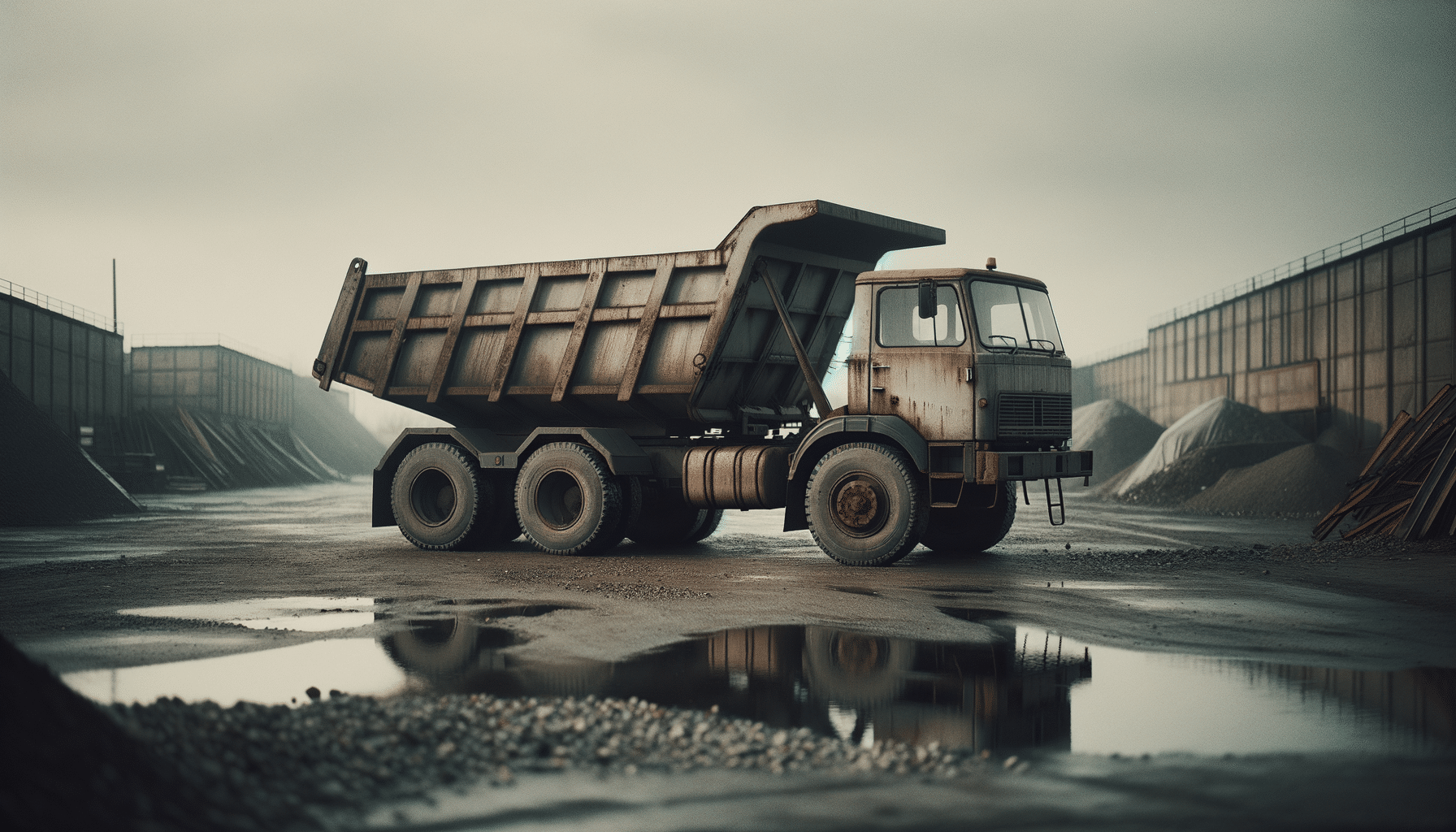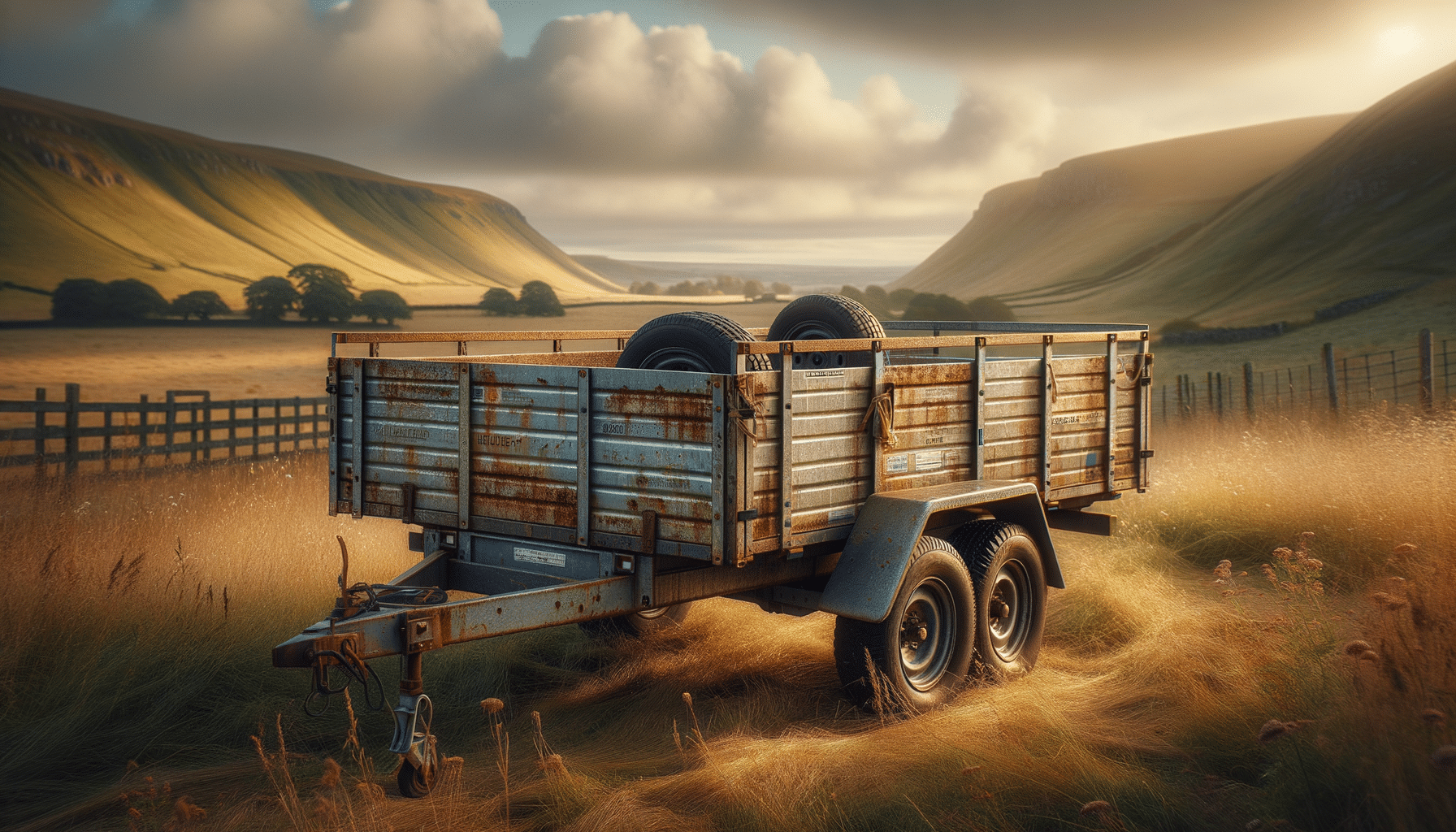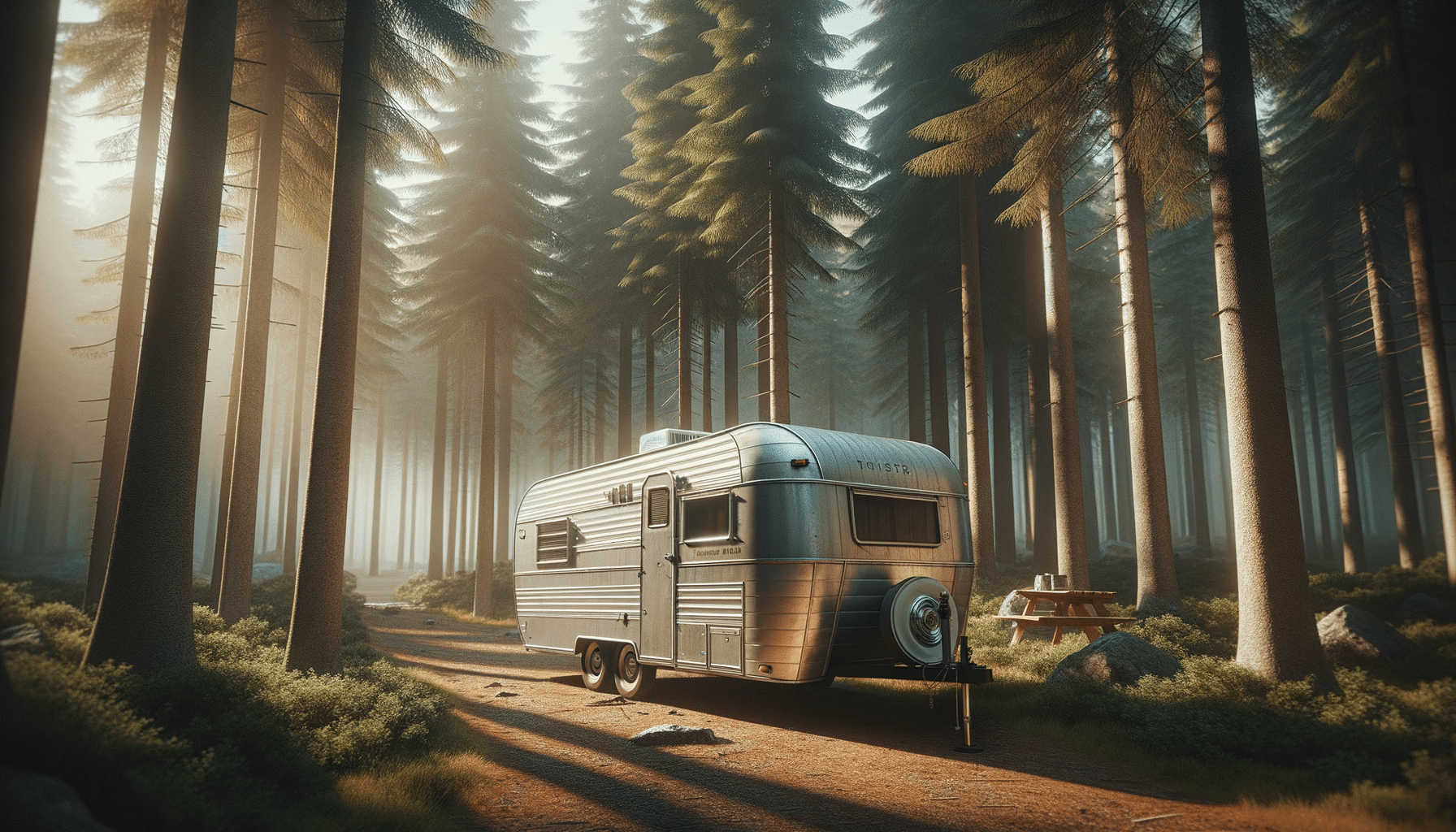
Documenting the Journey: Sustainable Fashion Influencers Making an Impact
Sustainable fashion has emerged as a powerful movement, driven by influencers who are committed to transforming the industry. These individuals are not just style icons; they are advocates for change, using their platforms to highlight the importance of eco-friendly practices in fashion.
The Rise of Sustainable Fashion Influencers
The fashion industry, known for its significant environmental impact, is witnessing a transformative shift towards sustainability. Influencers are at the forefront of this change, leveraging their reach to promote ethical practices and conscious consumerism.
Insights from Industry Experts
According to a report from the Business of Fashion, 66% of consumers are willing to pay more for sustainable goods, highlighting the growing demand for ethical fashion.
Influencers play a crucial role in this transition, as noted by fashion analyst Marie Johnson: “Influencers are not just promoting clothes; they are educating their audience about the impact of fashion choices on the planet.”
Real Stories from the Field
Take the example of Emily, a fashion influencer who turned her passion for style into a mission for sustainability. Through her blog, she documents her journey of choosing brands that prioritize eco-friendly practices. Emily’s story resonates with many, showing that personal choices can lead to broader industry change.
Actionable Tips for Embracing Sustainable Fashion
- Start by researching brands that prioritize sustainability.
- Opt for quality over quantity to reduce waste.
- Support local artisans and brands that use ethical practices.
- Participate in clothing swaps and second-hand shopping.
Comparing Sustainable Fashion Influencers
| Influencer | Platform | Focus Area | Impact |
|---|---|---|---|
| Alice Brown | Vegan Fashion | 300K Followers | |
| Tom Green | YouTube | Eco-Friendly Materials | 500K Subscribers |
| Linda White | Blog | Zero Waste | 150K Readers |
| John Miller | Podcast | Ethical Production | 100K Listeners |
| Nina Blue | Slow Fashion | 250K Followers | |
| Rob Stone | Blog | Recycled Fashion | 200K Readers |
| Lucy Grey | YouTube | Fair Trade | 400K Subscribers |
| Sam Red | Podcast | Circular Fashion | 120K Listeners |
FAQ
What is sustainable fashion?
Sustainable fashion refers to clothing and accessories that are produced and consumed in a way that protects both the environment and the welfare of workers.
How can I start supporting sustainable fashion?
Begin by choosing brands that are transparent about their production processes and prioritizing high-quality, eco-friendly materials.
As consumers increasingly look to influencers for guidance, these sustainability champions are making a tangible impact. By sharing their journeys and offering practical advice, they inspire others to make informed choices, fostering a more eco-conscious fashion industry. Let’s embrace their insights and take actionable steps toward a sustainable future.


